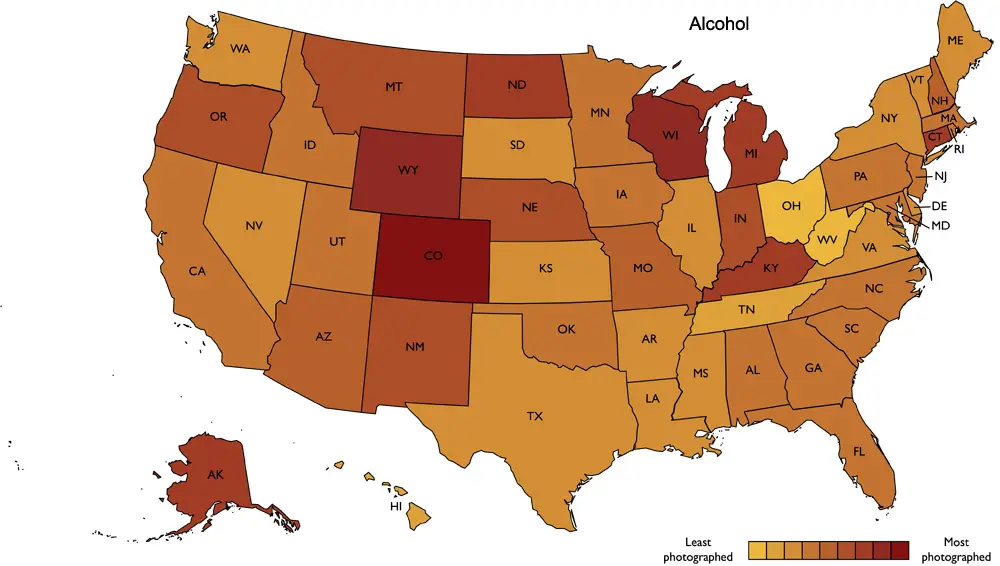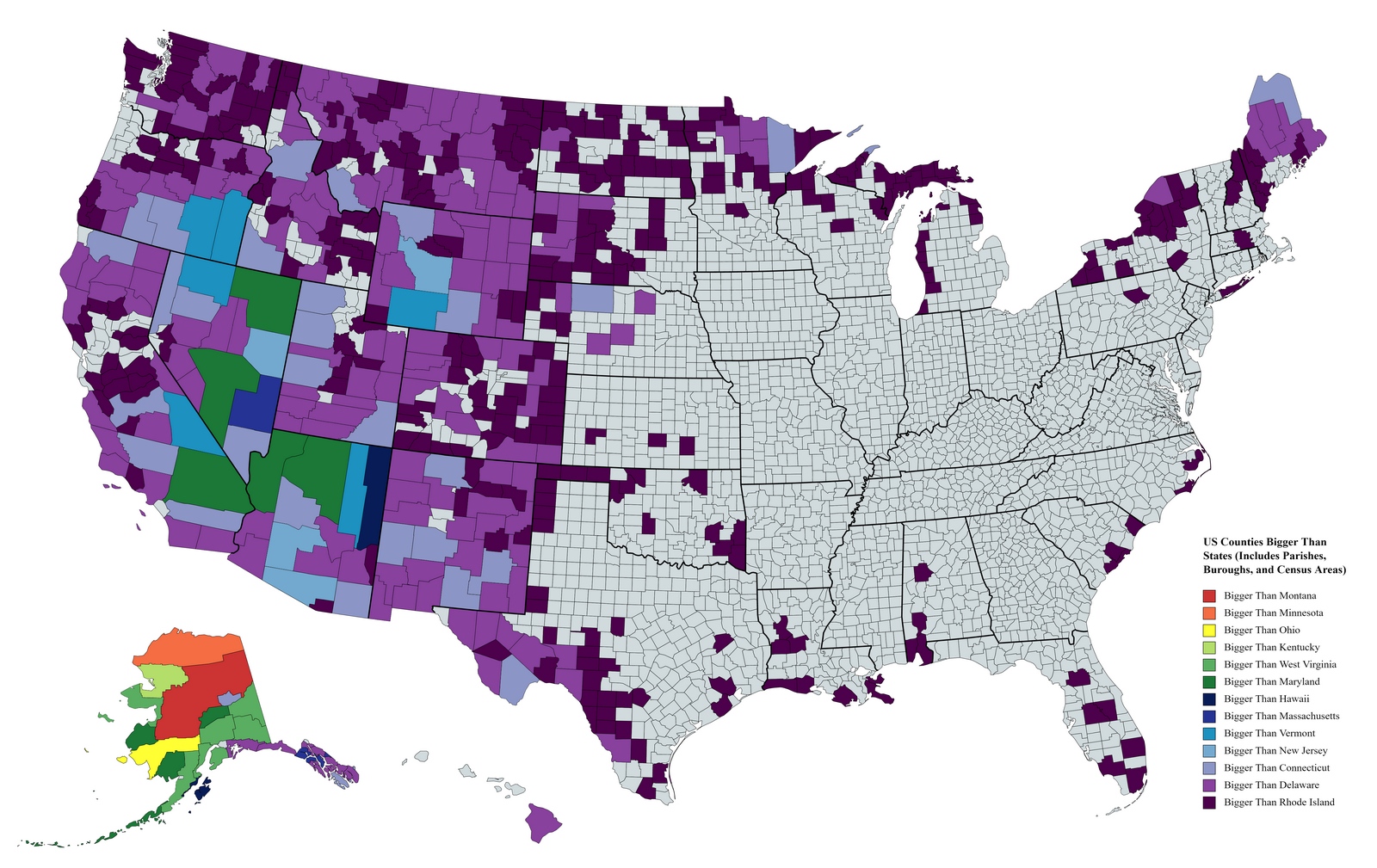Why U.S. Time Zones Aren’t as Straightforward as They Look
If you’ve ever tried calling someone in Arizona from New York, or driven across Nebraska, you’ve probably run into the strange quirks of time in the United States. Time zones here don’t follow neat lines. In fact, sometimes they barely follow logic at all. What you’ll see on the map below might surprise you more than a little.

This map shows the official time zones of the United States, including the divisions by county. It also marks regions that do not observe Daylight Saving Time (like most of Arizona and all of Hawaii) with diagonal stripes.
Let’s quickly go through the six main U.S. time zones shown:
- Eastern Time (UTC -5 / -4 in DST) — Used by major cities like New York, Washington D.C., and Atlanta. This is the most populated zone and the default for many national broadcasts and services.
- Central Time (UTC -6 / -5 in DST) — Covers Chicago, Dallas, New Orleans, and most of the Midwest and South. It’s only one hour behind the East Coast but feels noticeably different in culture and pace.
- Mountain Time (UTC -7 / -6 in DST) — Covers places like Denver and Salt Lake City. It’s one of the less densely populated zones. Most of Arizona also falls here but doesn’t follow daylight saving, except for the Navajo Nation.
- Pacific Time (UTC -8 / -7 in DST) — Used by Los Angeles, San Francisco, Seattle, and Las Vegas. This time zone dominates West Coast media, tech, and entertainment industries.
- Alaska Time (UTC -9 / -8 in DST) — Covers nearly all of Alaska except the far western Aleutians.
- Hawaii-Aleutian Time (UTC -10) — Used in Hawaii and part of Alaska’s western islands. Hawaii remains on standard time year-round.
At first glance, the time zones seem to follow tidy vertical lines, but as you look closer, you’ll notice the jagged borders cutting through states like Indiana, Kentucky, North Dakota, and Nebraska. Some counties on the edge of a zone will unofficially keep the time of their economic hubs, even if it’s not what the law says.
Why does this happen? Mostly, it’s a practical matter. People often organize their lives around the nearest big city, even if it’s in a different time zone. This leads to situations where government services, school times, and businesses operate on a different clock than the one officially assigned to their county.
These inconsistencies can lead to confusion, not just for travelers and delivery drivers, but for residents trying to coordinate doctors’ appointments, school events, or remote work across state lines. For this reason, knowing the boundaries helps avoid misunderstandings. Tools like Time.gov and World Time Buddy are excellent resources to check local time in various regions.
Despite the messiness, the U.S. time zone system allows for some local flexibility. While it doesn’t always follow geographical logic, it tries to reflect economic and social realities. Local governments can even petition the Department of Transportation to change their zone if the community can justify the shift.








